Modern-Day Artist Activist: The Works of Michael Armitage
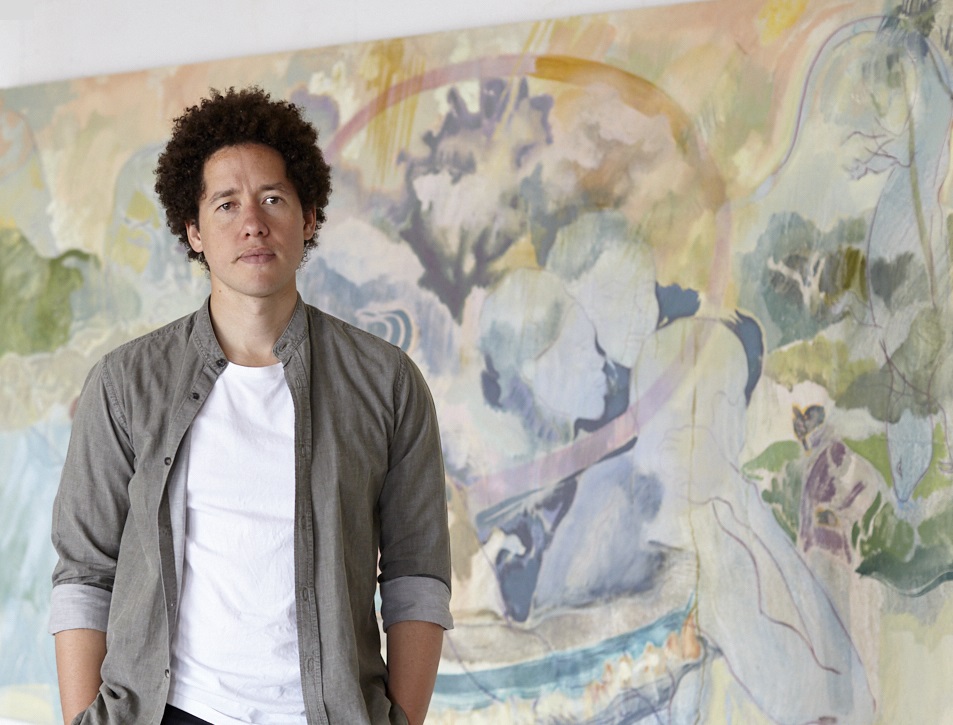
While Michael Armitage insists he is not a political artist, it is difficult to deny that there is a sense of protest throughout his work. Touching on themes of homosexuality, women’s rights and terrorism, he explores the reality of his home country and raises questions about the culture.
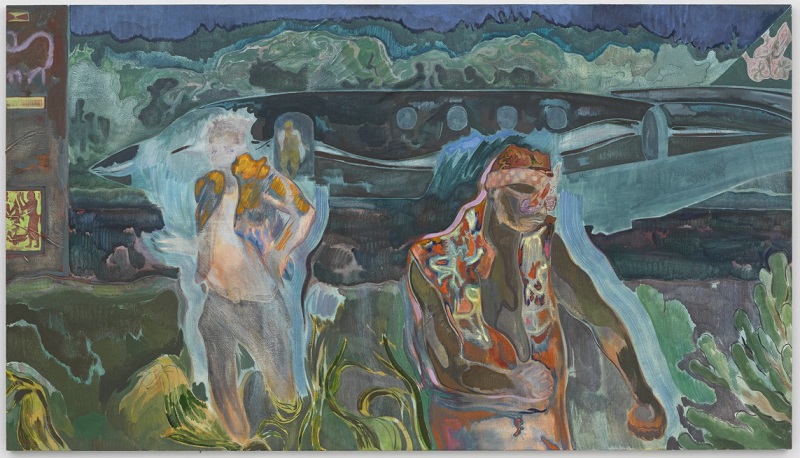
Where it All Began
Born in Kenya in 1984, Armitage moved to London to study art, gaining a BA from the Slade School of Art in 2007 and an MA from the Royal Academy in 2010. He relies heavily on his childhood experiences when painting, depicting scenes of plane crashes and acts of violence that he experienced as a young boy.
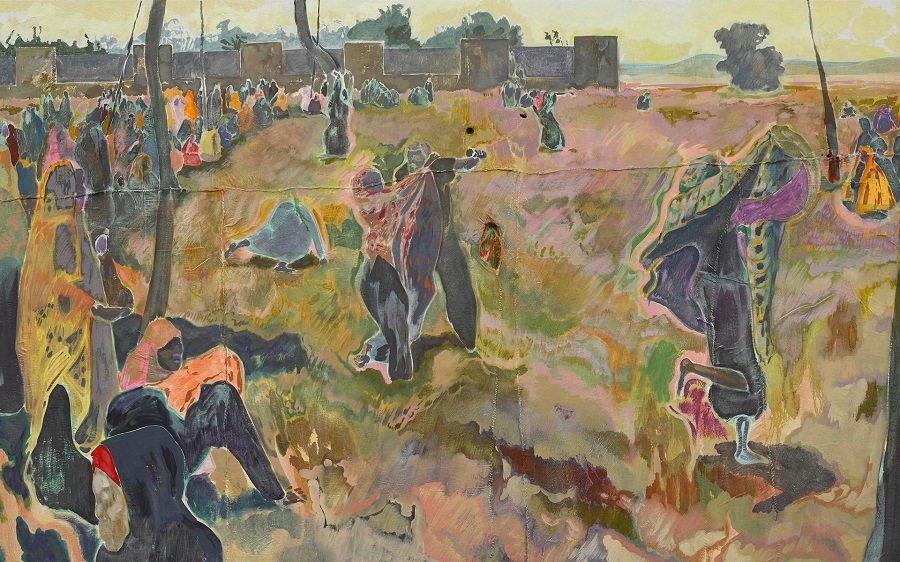
Painting on Cloth
Armitage shuns traditional western canvas in favour of lubugo bark cloth, a burial cloth made by beating the bark until it stretches into a fabric. He takes several scrap pieces of the Ugandan material and stitches them together before he starts to paint. While Armitage believes this medium is important for his style of painting, it does require a lot of patience, since he has to use a thinner paint in order to allow the cloth grain to show through. Each stroke of paint has to be built up over several days and for this reason, Armitage will often work on several pieces at once, in order to maximise his painting time.
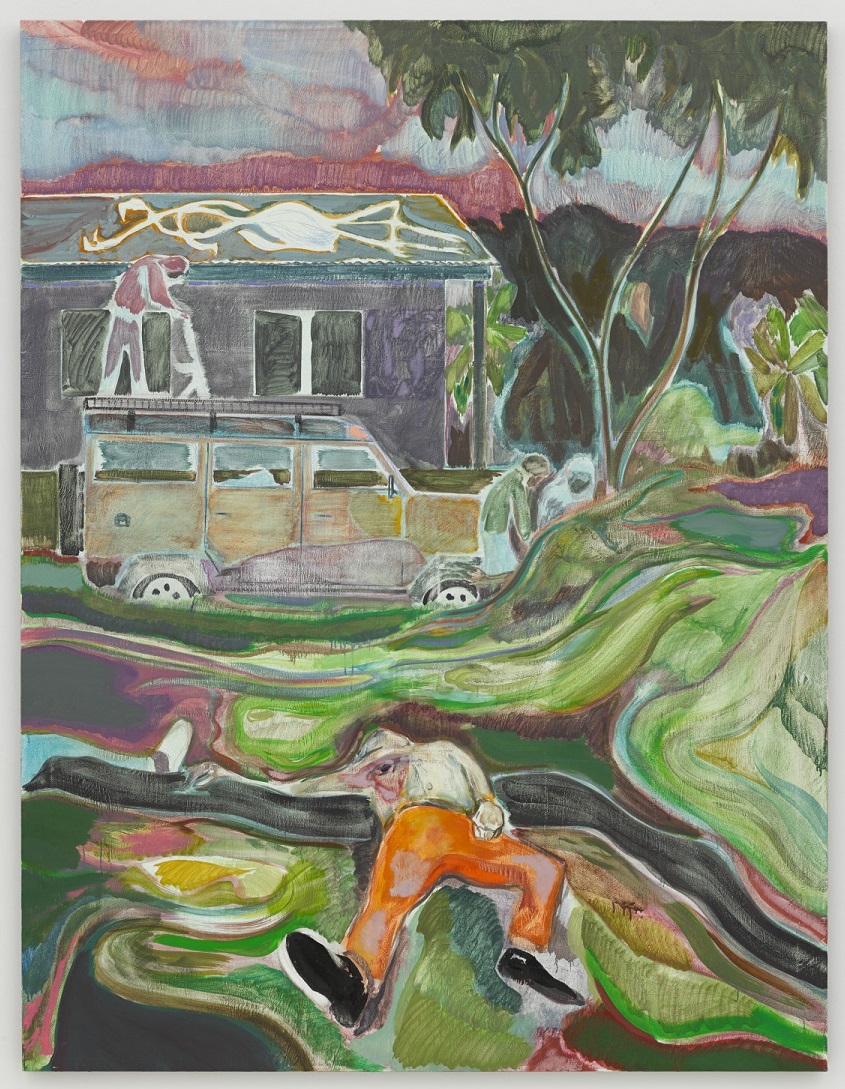
Important Pieces
When coming up with subjects for his work, Armitage will look at newspapers local to his home country and combine topics with his own memories to come up with something completely unique.
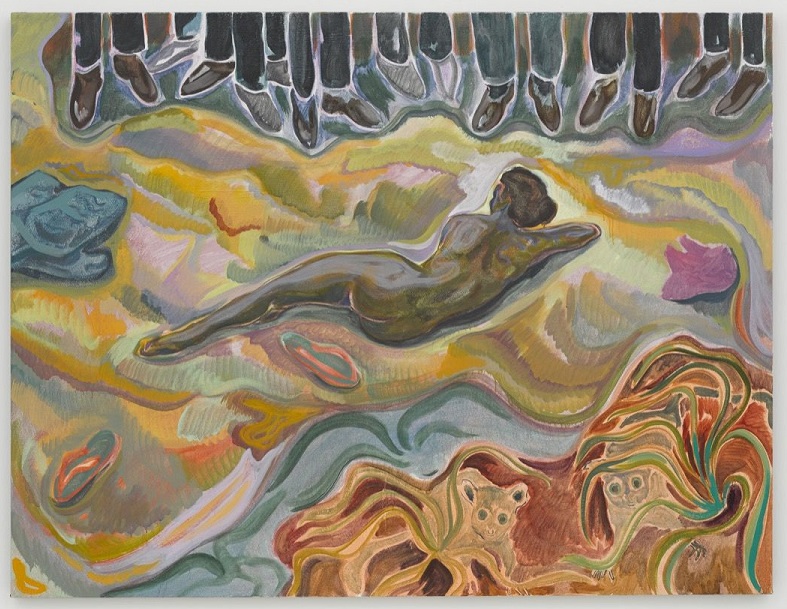
One painting, mydressmychoice was created in response to an article that told of an assault on a woman at a bus stop in Nairobi. Stripped and attacked by a group of men who took offence to what she was wearing, Armitage portrays her in a defiant, classical way. The attack sparked many protests in the city, with Armitage speaking out through art: “This is my culture that does this to women—do I have to own this too as part of my culture?”
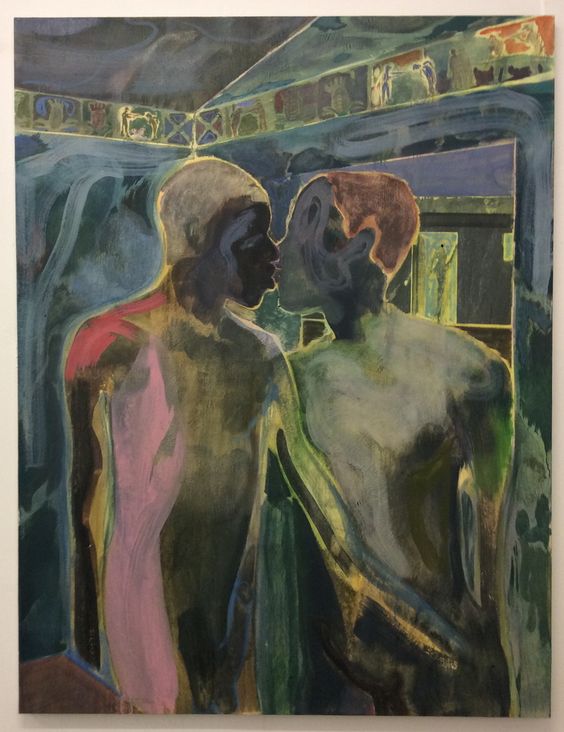
Armitage also finds the current African laws on homosexuality interesting and regularly explores this in his work. The painting, Kampala Suburb, is of two men in a passionate embrace. In the background, a series of images depict a Somalian execution, intended to show how the threat of violence is very real for those that do not conform to traditional sexual ideas in Africa. Armitage explains: “I wanted the risk of violence to the couple to be in the painting, as members of the LGBTQ community have been repeatedly harassed, attacked, mutilated, or killed for who they are”.
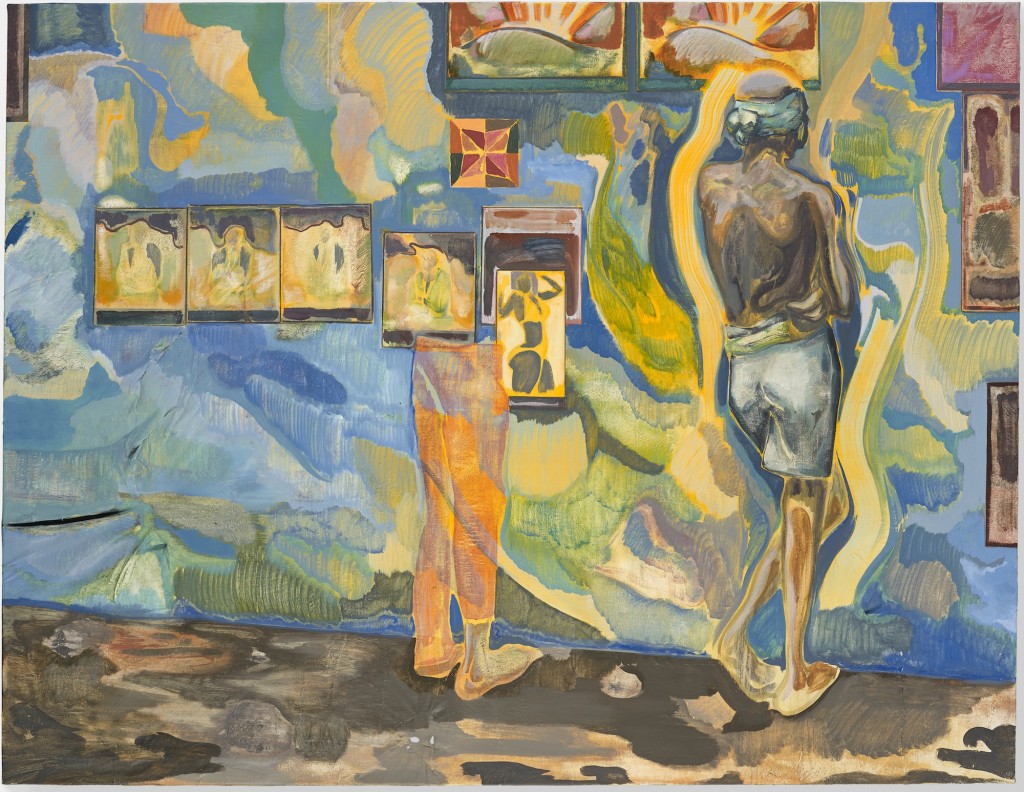
Modern Day Michael
Michael continues to draw on his experiences of African culture and to question the reasoning behind them. With Kenya being one of the most progressive states in Africa, he is keen for his work to be shown in his home country.
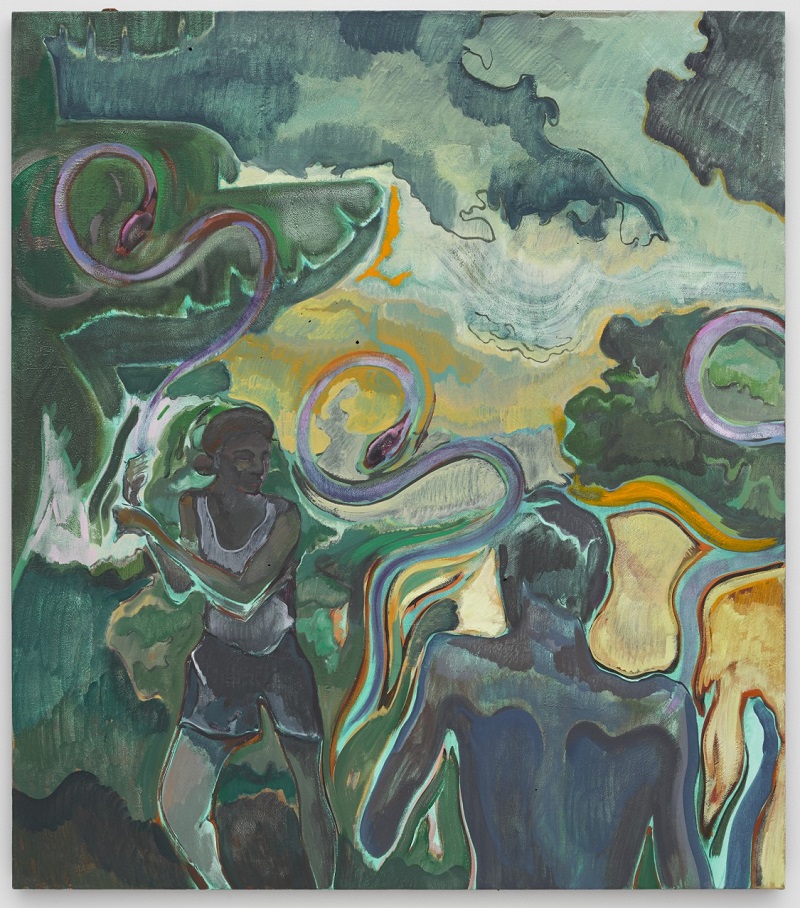
He hopes his work will do a little to encourage others to ask themselves the same questions. “I don’t imagine paintings to change laws or culture overnight, but I think there’s a quiet space for contemplation in the presence of a work that is intimate and unique.”
At just 34 years old, it seems as though Armitage has only just touched on the issues that haunt his mind. Could his art really have the power to change attitudes in Africa?
Sources:
- https://www.telegraph.co.uk/art/what-to-see/michael-armitage-chapel-south-london-gallery-review/
- https://www.artsy.net/article/artsy-editorial-painter-michael-armitage-captures-the-tragic-realities-of-the-lgbtq-community-in-africa
- http://www.artuner.com/artists/michael-armitage/
- https://www.a-n.co.uk/news/qa-michael-armitage-painter/
- https://whitecube.com/artists/artist/michael_armitage


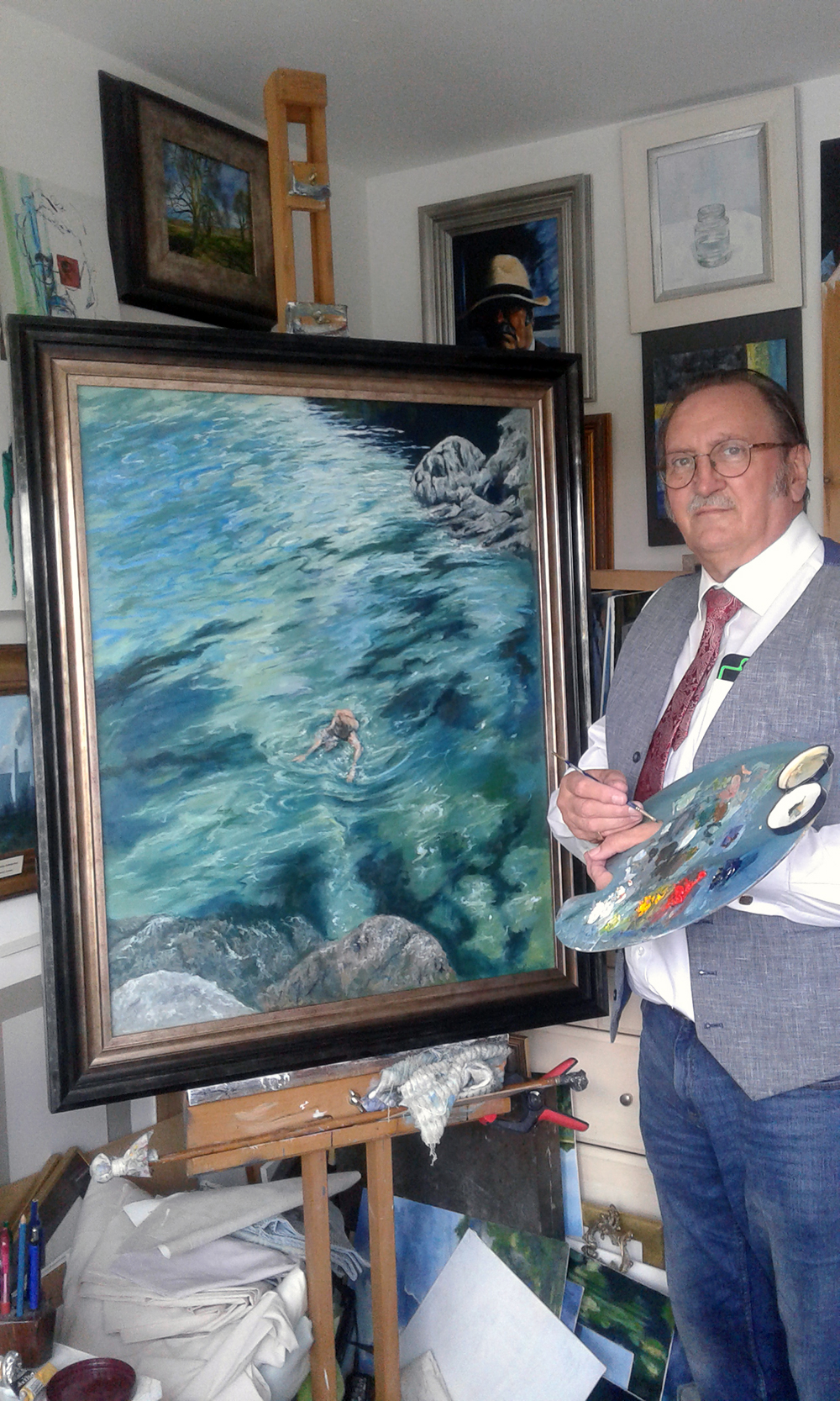

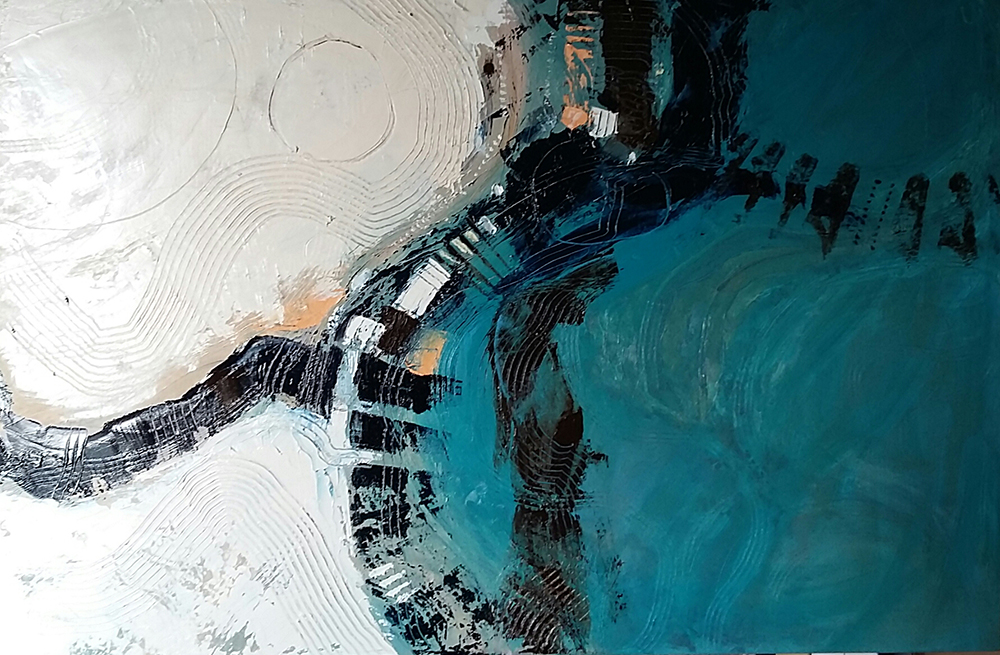
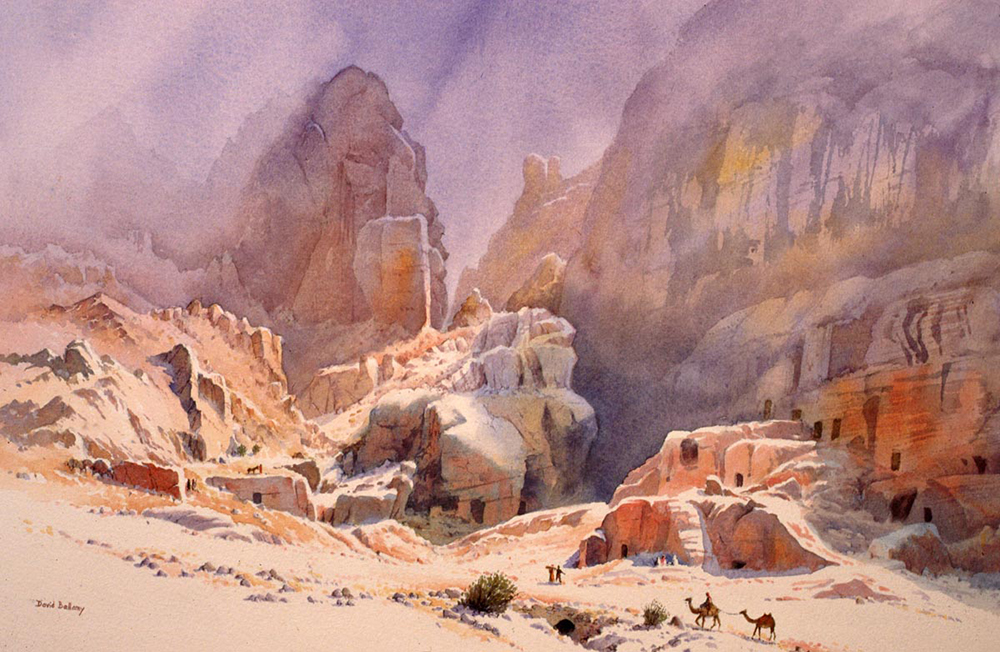


Hi Michael,
I have just been listening to the item on you and your work on Radio 4 and wondered if you knew of the work of Meralda Warren who not only works with the bark cloth but also makes it. She live on Pitcairn Island and uses a lot of the natural produce mainly because she has to being so far from anywhere else. She has a facebook page and sometimes her work is is on display there. I wish you all the best, and would love to look at some of your work some time. Cheers, Tony Guyan.